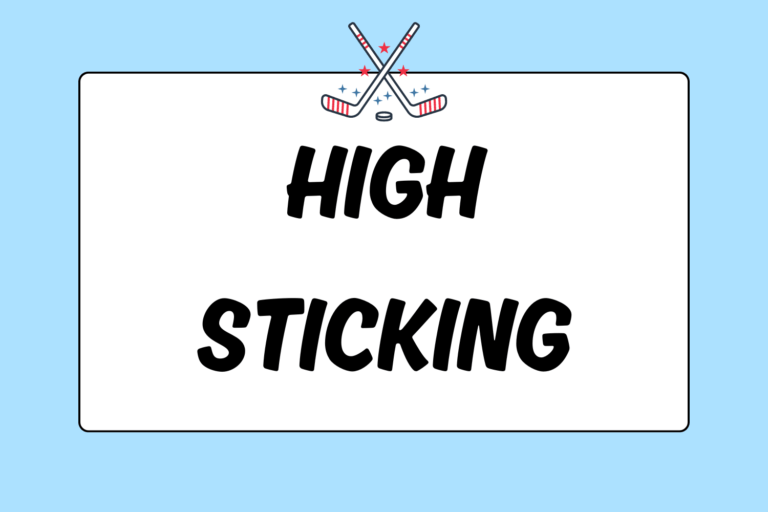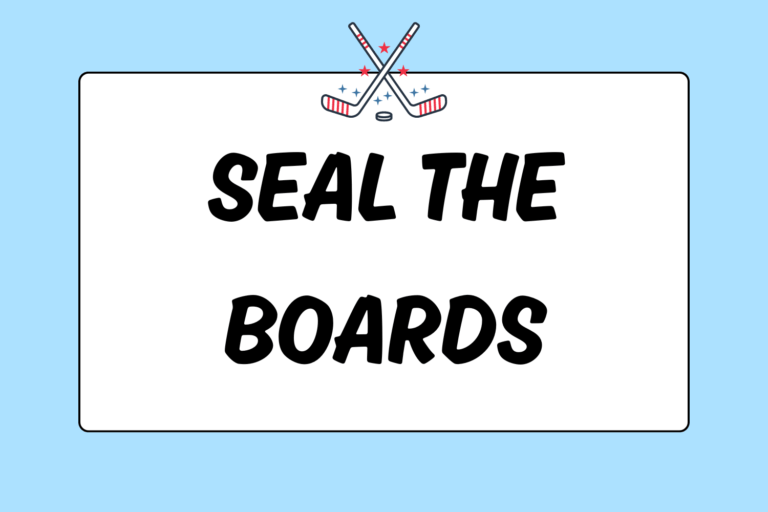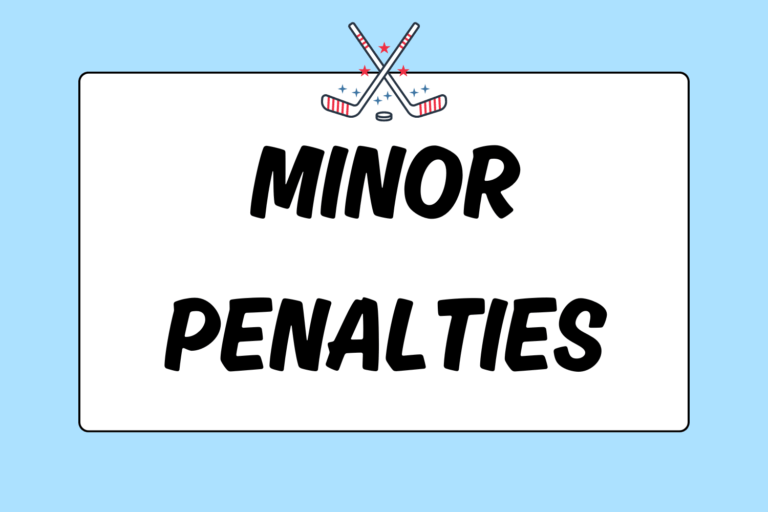Modern goalkeepers have tons of options when it comes to making a save. There are sticks, pads, trappers, blockers; the list goes on from there. However, perhaps more important than which piece of equipment a goalie uses, is how and when they utilize each save. The options goalies have when making a save is near infinite. This guide will help you figure out when to use what save.
Trapper Saves
The trapper should be used against shots from the top corner of the net all the way down to about your knee. Of all your save techniques, utilizing your trapper will undoubtedly get you the most “oohs” and “ahhs.” Flashing the glove to catch a whizzing puck is one of the most dramatic plays in all of hockey.
That said, the trapper is rather one-dimensional as a save tool. The primary purpose of the trapper is to catch the puck and close it up. You should not use your trapper as a second blocker (unless you have no choice), as you’ll eventually get burned on a rebound. The secondary function of the trapper is to cover loose pucks in the crease. Always be ready to do this, regardless of what kind of save you make. Cover that puck! Lastly, don’t become over reliant on your trapper and start using it instead of your leg pads on low shots.
Blocker Saves
The blocker should be used against shots from the top corner of the net all the way down to about your knee. The main use of the blocker is to deflect pucks away from the goal. For this piece of equipment to work properly, it should never face incoming shots like a flat wall. Instead, it should be angled slightly up and to the side. Let the force of the puck hit your angled blocker and deflect into the corners. Never punch out or stab at a shot with your blocker, as this creates a juicy rebound. Lift or lower your blocker to cover the net, but be conscious that this opens your 5-hole since the stick and the blocker are connected.
While using the trapper to cover loose pucks in the crease is ideal, in a bind you should feel comfortable doing this with your blocker. Try to cover the puck in the small area between your closed fist and the bottom edge of the blocker.
Stick Saves
Rule of thumb: Unless making a blocker save, always keep your stick flat on the ice. The paddle of your stick is there to take away low shots; so use it. With that, there are several specific ways you can use your stick to make saves.
- Angle away: Shots that are low along the ice and not terribly hard can just be angled away with your stick. The force of the puck alone will angle it off your stick and out of harm’s way.
- Paddle down: Mostly used against wraparounds, paddle-down saves are made when you completely lower your blocker hand to the ice. This makes the paddle of your stick rest along the ice lengthwise and effectively cover the entire bottom of the goal.
- Poke check: Often a desperation move used against breakaways, poke checks are performed by throwing your stick (and letting the shaft slide through your hand) to poke the puck loose from the opposing player’s stick. Be sure to catch the stick at the knob, because if you let go of your stick, your opponent will get a penalty shot.
Pad Saves
Your pads should be used to cover the lower part of the goal, from the ice up to about the knee. Quick recovery is very important when making pad saves. You need to be able to react to a save you’ve made and get back to your ready position as quickly as possible, because when you’re off your feet, you’re vulnerable. Here are the different types of pad saves:
Butterfly
The butterfly style of play is when the goaltender drops to his knees and forms a V-shape with his leg pads in front of the net. The butterfly is excellent against low shots, or against shots that come through lots of traffic. It’s important to not become over reliant on butterfly saves, as they put you at a disadvantage against high shots. Be sure to keep your stick blade down and in front of your 5-hole when in the butterfly position. Also be sure to keep your glove and blocker up and ready to shut the door on high shots.
Half Butterfly
The half butterfly is performed in the same way as the butterfly, but only one knee is dropped to the ice. The half butterfly is advantageous when you have a good idea of where the shot is going and there is little to no traffic in front of the net or when the shot is coming from your side and you’re not completely square to it yet.
Low Butterfly
The low butterfly is almost exactly like the traditional butterfly, but instead of keeping your glove and blocker up, you will stack them on top of your leg pads. This is a very effective way of completely removing the bottom of the goal, and should only be used when the shot you’re facing is almost certainly coming in low. Screens and deflections, or when you have a clear view of a hard, low shot, are the best times to get low.
Pad Stack
Stacking the pads is when you slide laterally and throw both of your legs out so they’re stacked horizontally along the ice. Once a staple of goaltending, pad stacks have faded in usefulness and popularity since the widespread advent of the butterfly style. That being said, pad stacks can still be very effective against one-timers near the net and as a surprise tactic against breakaways. For more detailed information, please check out our guide, “Ice Hockey Goalie: Stacking the Pads.”
Chest Save
Chest saves are arguably the easiest saves to make, as they require little movement and usually occur when the shot is coming straight at you. However, in order to prevent second-chance attempts by the opposition, there are some techniques behind an effective chest save:
- Read the shot. Be sure you are square to the puck. Make sure it’s going to hit the middle of your chest.
- As it hits you, cradle the puck with your glove and blocker. It’s no use if the puck just drops to the ice after it hits you.
- Drop into a butterfly stance. This seals the bottom of the goal in the off chance that you drop the puck.
Blame the Carpenter, Not the Tool
Think of every type of save you learn and every piece of your equipment as a tool. Use the right tool for the job. Become comfortable making all the saves that are outlined in this guide. A goalie who is able to make world-class glove saves, but not stop low shots is hardly a good goalie. Master as many save techniques as you can, but remember the situation you choose to use them in is just as important.





